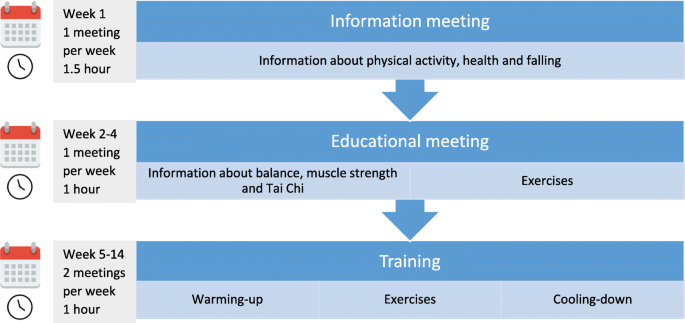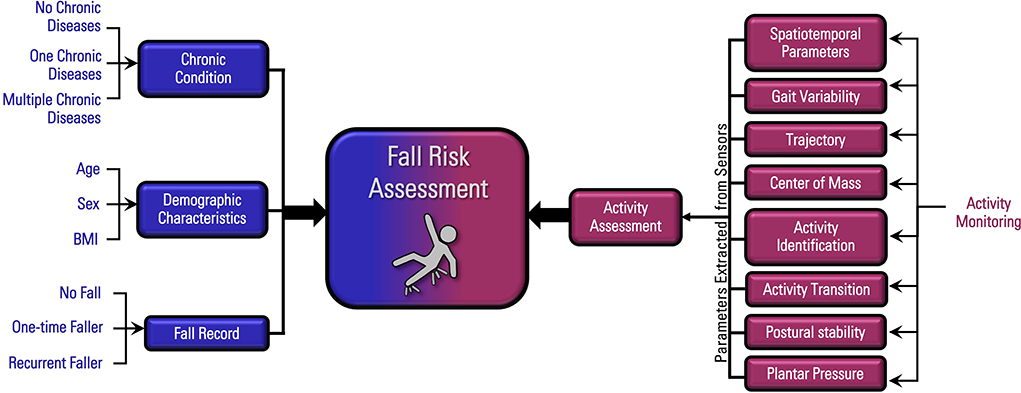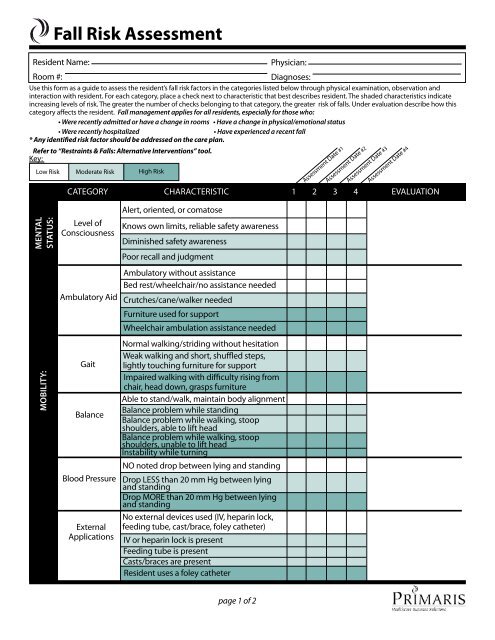Not known Details About Dementia Fall Risk
Wiki Article
Get This Report about Dementia Fall Risk
Table of ContentsNot known Factual Statements About Dementia Fall Risk Excitement About Dementia Fall RiskSome Of Dementia Fall RiskWhat Does Dementia Fall Risk Mean?
An autumn risk evaluation checks to see how likely it is that you will fall. It is primarily provided for older grownups. The analysis normally includes: This includes a series of inquiries concerning your total wellness and if you have actually had previous drops or troubles with balance, standing, and/or strolling. These tools examine your strength, balance, and gait (the means you stroll).STEADI consists of testing, assessing, and treatment. Interventions are recommendations that might reduce your risk of dropping. STEADI includes 3 steps: you for your risk of succumbing to your danger factors that can be boosted to attempt to avoid drops (for instance, equilibrium issues, damaged vision) to minimize your threat of falling by making use of reliable methods (as an example, giving education and learning and resources), you may be asked numerous questions consisting of: Have you fallen in the previous year? Do you really feel unsteady when standing or strolling? Are you stressed over falling?, your provider will certainly evaluate your toughness, balance, and gait, making use of the following loss assessment devices: This test checks your gait.
If it takes you 12 secs or even more, it may indicate you are at greater threat for a loss. This test checks stamina and balance.
The settings will certainly obtain tougher as you go. Stand with your feet side-by-side. Relocate one foot midway onward, so the instep is touching the big toe of your other foot. Move one foot fully before the other, so the toes are touching the heel of your other foot.
The Main Principles Of Dementia Fall Risk
A lot of drops take place as an outcome of multiple contributing aspects; as a result, managing the risk of falling starts with identifying the variables that add to fall risk - Dementia Fall Risk. A few of the most pertinent risk variables consist of: History of previous fallsChronic medical conditionsAcute illnessImpaired stride and balance, reduced extremity weaknessCognitive impairmentChanges in visionCertain high-risk drugs and polypharmacyEnvironmental aspects can also boost the danger for falls, including: Insufficient lightingUneven or damaged flooringWet or slippery floorsMissing or damaged handrails and order barsDamaged or improperly fitted devices, such as beds, wheelchairs, or walkersImproper use of assistive devicesInadequate supervision of the individuals living in the NF, consisting of those that show aggressive behaviorsA effective autumn risk monitoring program requires an extensive scientific evaluation, with input from all members of the interdisciplinary group

The treatment strategy need to also consist of treatments that are system-based, such as those that promote a safe setting (suitable lighting, hand rails, order bars, and so on). The effectiveness of the treatments need to be examined periodically, and the treatment plan changed as required to reflect adjustments in the fall threat evaluation. Implementing an autumn danger management system utilizing evidence-based best technique can minimize the occurrence of falls in the NF, while restricting the potential for fall-related injuries.
Our Dementia Fall Risk Statements
The AGS/BGS standard recommends screening all adults matured 65 years and older for loss threat yearly. This screening contains asking individuals whether they have fallen 2 or even more times in the previous year or looked for clinical focus for a loss, or, if they have actually not fallen, whether they feel unstable when strolling.People that have actually dropped when without injury must have their equilibrium and stride evaluated; those with gait or balance irregularities need to receive additional assessment. A background of 1 autumn without injury and without stride or equilibrium troubles does not require additional evaluation past ongoing yearly loss threat testing. Dementia Fall Risk. A loss risk assessment is required as part of the Welcome to Medicare examination

Not known Factual Statements About Dementia Fall Risk
Recording a drops background is among the top quality signs for autumn avoidance and management. A vital component of risk evaluation is a medication review. Several courses of drugs visit homepage raise loss risk (Table 2). Psychoactive medications specifically are independent forecasters of drops. These medicines have a tendency to be sedating, alter the sensorium, and impair equilibrium and gait.Postural hypotension can usually be reduced by lowering the dosage of blood pressurelowering drugs and/or stopping medications that have orthostatic hypotension as a side result. Use above-the-knee assistance pipe and copulating the head of the bed boosted might likewise reduce postural decreases in blood stress. The suggested elements of a fall-focused physical exam are displayed in Box 1.

A Pull time greater than or equivalent to 12 seconds suggests high autumn threat. Being unable to stand up from a chair of knee elevation without using one's arms suggests increased autumn threat.
Report this wiki page